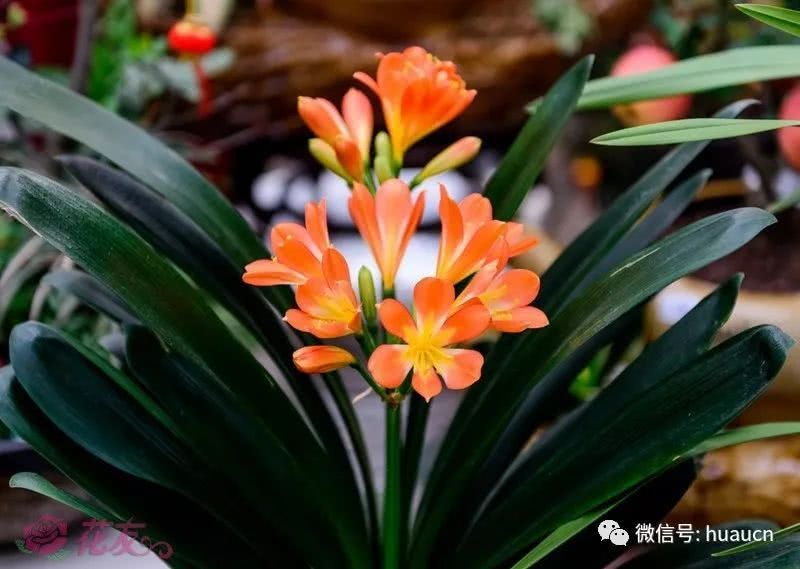Powdery mildew of chrysanthemum should be prevented as soon as possible before the Beginning of Autumn can be killed.

Chrysanthemum powdery mildew is one of the common diseases in flowers, which distributes in both south and north of China. Chrysanthemum powdery mildew can lead to poor plant growth, leaf death, or even no flowering, seriously affecting the greening, beautification effect and flower production. Chrysanthemum powdery mildew mainly harms melon, calendula, echinacea, gerbera, cosmos, atterina, dahlia, zinnia, rose, rose, balsam, cherry, okra, poinsettia, hollyhock, begonia, wisteria and so on.
Chrysanthemum: Chrysanthemum to prevent the yellow leaves off the four ways
hazard symptom
At the early stage of chrysanthemum powdery mildew infection, yellow transparent powdery white spots appeared on the leaves, mostly on the front of leaves, mainly damaging the leaves, petioles and young stems and leaves were more susceptible to infection. When the temperature and humidity are suitable, the disease spots can expand rapidly and connect into large areas of white powdery spots or gray powdery mildew layers. In severe cases, the leaves of the disease are chlorotic, chlorotic, tender shoots curly, deformed, premature senescence, stem bending, new shoots stop growing, flowers are few and small, plants are dwarf sterile or do not bloom, and even death occurs.
Pathogen and occurrence rule
The pathogen causing powdery mildew belongs to powdery mildew fungus, which is inulin spore mold, and the sexual segment is powdery mildew. Generally, the pathogen overwinters in the remains of diseased plants or in the soil. When the temperature and humidity are appropriate in the spring of the next year, the ascocarp dehiscence and ascospores are released, and they are transmitted and diffused by airflow and wind and rain. Powdery mildew is most likely to occur when humidity is high, light is weak, ventilation is poor, and the temperature difference between day and night is above 10℃. Generally, powdery mildew occurs frequently from August to October, and seriously from September to October.
control methods
In cultivation, attention should be paid to cutting off over-dense and withered leaves, pulling out diseased plants and burning them or burying them deeply, which can greatly reduce the source of infection. Planting should not be too dense, soil moisture should be controlled, ventilation and light transmittance should be increased, phosphorus and potassium fertilizer should be applied to enhance the disease resistance of plant leaves. To avoid excessive application of nitrogen fertilizer, care should be taken to keep leaves dry when watering. Pot soil or seedbed, soil to use medicine sterilization, with 50% thiophanate-methyl and 50% thiram 11 mixed chemicals 600-700 times spray pot soil or seedbed, soil, can achieve sterilization effect.
Chrysanthemum: Chrysanthemum hydroponics technical method
In the early stage of disease, 50% Garinone WP or 75% Tridecamoline Emulsion 1000 times solution can be sprayed once every 10 days, continuous spraying 3 times can control the occurrence and spread of disease, or 25% Dietrone (Propiconazole) EC 20 ml water 100 kg spray once every 10-15 days, continuous spraying 2-3 times, the control effect is better. In the disease period, 70% thiophanate-methyl wettable powder 32- 48g can be sprayed with 70kg water, sprayed once every 7-10 days, continuously sprayed 2-3 times, or 15% triadimefon emulsion 1500 times solution or 70% thiophanate-methyl wettable powder 800-1000 times solution can be sprayed once every 7-10 days, continuously sprayed 3-4 times to achieve good control effect.
·END·
Flowering, planting flowers, green plant lovers exchange, fart, get the interactive platform. Share flower cultivation methods, family flower cultivation tips online home. Flower subscription platform.
Flowers: Hyacinth| violet| plum blossom| carnations| Camellia| longevity flower| jasmine| Gardenia| peach blossom| Platycodon| Osmanthus| Calla| Lily| don't forget me| Clivia| Xinghua| honeysuckle| Milan| peony| sunflower| chrysanthemum| liuyuexue| Cissus tigris| tulip| Narcissus
Green plant: poinsettia| fortune tree| green radish| spider plant| dripping Guanyin| rich bamboo| wenzhu| aloe| ivy| Anthurium| Monstera| bougainvillea| Albizia| white palm| duck foot wood| boxwood| steel tree| rubber tree| maidenhair| Sansevieria|
huau.cn
……
Search for public accounts "Huayou" or "huaucn" to get the latest information
Business cooperation, promotion. Please contact WeChat private number: ihuaucn
- Prev

Four common methods of fertilizing flowers make your flowers unrivalled.
Many people envy the god to keep the flowers luxuriant and foliage, flowers in clusters, look at their own flowers as thin as firewood, flowers sporadic. Why is it all about growing flowers? why is it so different? In fact, the main reason is that other people apply fertilizer well.
- Next

Why do we do training?
Water Dance World-the company introduced that Water Dance World Beijing Co., Ltd. was established in early 2010. At first, the company mainly engaged in ecological landscape while producing and processing solid wood bottom cabinets. In 2012, the company established a water dance world production base in Foshan, dedicated to research and development.
Related
- Wuhan Hospital Iron Tree Blooming Result Was Instantly Frightened by the Gardener Master
- Which variety of camellia is the most fragrant and best? Which one do you like best?
- What is the small blue coat, the breeding methods and matters needing attention of the succulent plant
- Dormancy time and maintenance management of succulent plants during dormancy
- Minas succulent how to raise, Minas succulent plant pictures
- What are the varieties of winter succulent plants
- How to raise succulent plants in twelve rolls? let's take a look at some experience of breeding twelve rolls.
- Attention should be paid to water control for succulent plants during dormant period (winter and summer)
- Watering experience of twelve rolls of succulent plants
- Techniques for fertilizing succulent plants. An article will let you know how to fertilize succulent plants.

